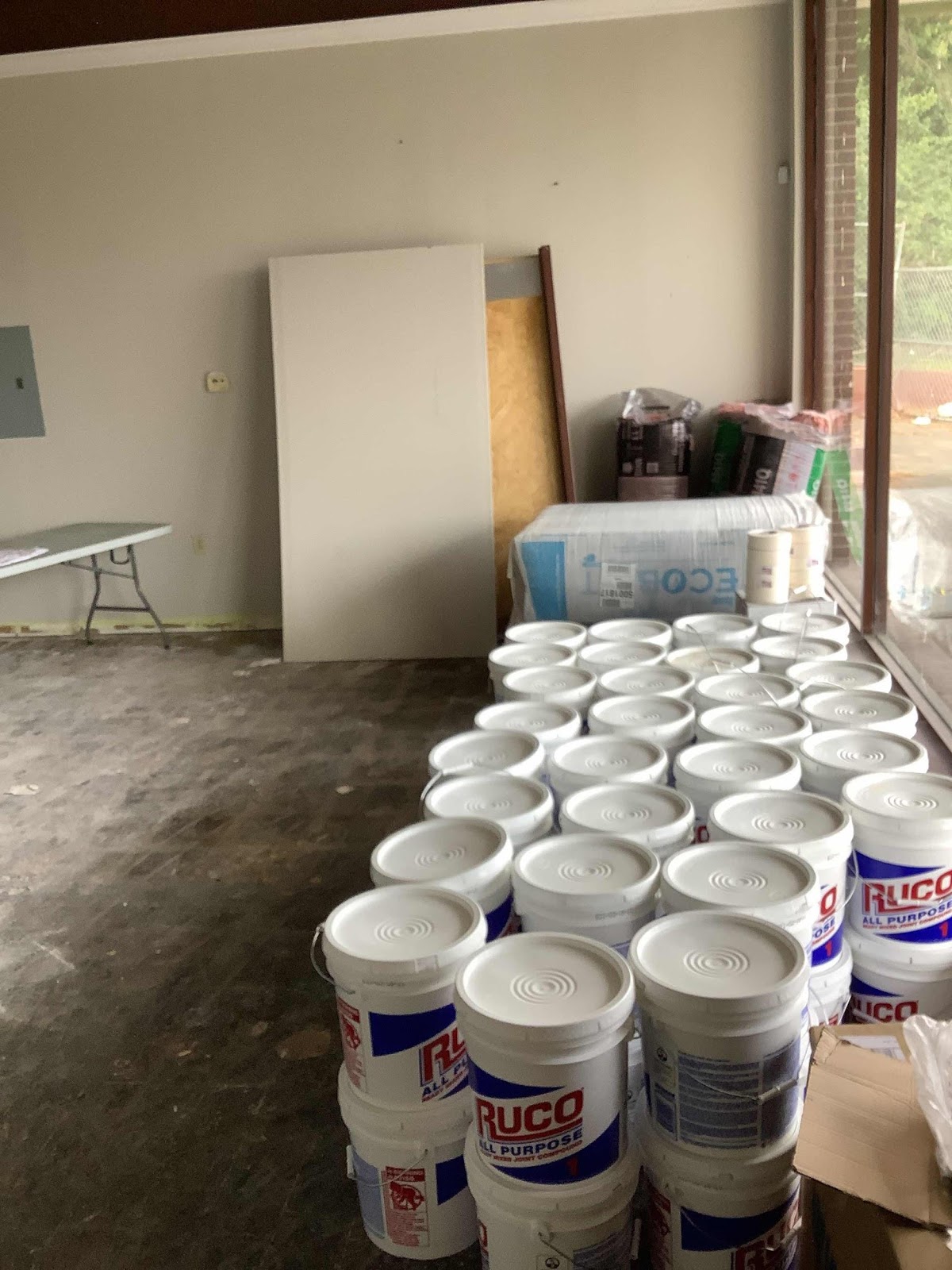Four Things to Consider In The Selection and Procurement of Construction Materials
Material procurement is an important component of the construction process that drives productivity if executed properly, or delays a project significantly if executed poorly. Acquiring the right material quantity and quality within the desired time frame is both an art and a science that requires attention to project specifications and collaborative communication with supply chain partners. In many cases choosing the right materials and getting them to the project site can easily be the difference between on-time, on-budget success, or blown deadlines and cost overruns. 
Whether it’s sheet metal, prefabricated concrete panels, or drywall, here are four considerations to factor into your next material selection and procurement exercise:
- Quality.
You get what you pay for, but when talking about construction materials, you can achieve the finish and aesthetics you want by understanding the project specifications and taking the time to source materials from a variety of suppliers. Sourcing construction materials from a variety of suppliers will not only give you a range of prices, it will also provide a range of alternate materials that will provide the same quality with a lower cost basis. In addition, these construction materials can deliver the required design intent for the project while at the same time reducing project costs. There is a direct correlation between how a project looks and feels and the perception of quality experienced by the project stakeholder and the end-users.
- Lead Time
All construction projects are driven by schedule. The goal of every project is to maintain the alignment between resource availability and workforce availability. Simply stated, material must be on-site and available for the workforce to utilize for assembly and installation. Ensuring the proper type and correct quantity of construction material is key to project success. In large part this is based on material lead time, which is the amount of time it takes to get products on-site once it has been ordered from the material supplier. Product lead times vary by material. Commonly used construction materials will have a shorter lead time, but large volume orders, fabricated materials, or special materials sourced from a particular geographic locale can have lead times of weeks or even months in some cases. Understanding the lead times associated with the construction materials specified for a project is extremely important for on-time project completion.

- Maintenance.
The longest phase of a building’s life cycle is operation. The majority of all structures within the built environment are designed and constructed to operate and service end-users in excess of fifty plus years. Even longer if they are maintained properly. The types of construction materials selected and installed will play a major role in the buildings on-going maintenance capacity. Different materials have different maintenance requirements. A number of construction projects implement the use of brick, natural stone or hardwood finishes without taking into account the fact that these kinds of materials require frequent and product specific maintenance. If the selected materials are not maintained properly and with consistent regularity there will be a degradation in appearance and function that will ultimately lower the value of the built asset. It is imperative that all construction materials selected for a building meet the desired life cycle performance and overall utilization strategy goals for the facility and its end-users.
- Functionality.
How and where materials will be employed on a project is another important consideration to take into account as part of the construction material procurement process. It would be extremely problematic if a material selection typically used for an indoor application was repurposed for an exterior assembly. This is because a product designed for interior use will not perform up to specification standards if installed in an exterior setting where it will be susceptible to different environmental conditions. Although at times we want to put specific materials in places where they are not ideally suited, for example wood in bathroom floors or lighter color palettes in high traffic areas, the best procurement approach is to choose construction materials that fulfill the function they were made to satisfy, without neglecting aesthetics and design. It is important to remember that construction materials must be useful for the purpose they are designed to serve, and in the places where they are installed.
Procurement is the process of sourcing and purchasing goods and services needed to execute a construction project. This process must always take into account factors such as cost, quality, quantity and timing. Material costs represent a major expense which can encompass up to 60% of an overall construction project budget. Making strategic considerations in accordance with lead time, functionality, and maintenance in the selection and procurement process of construction materials can be used as a tool to achieve better productivity, reduced project costs, and better building performance.
